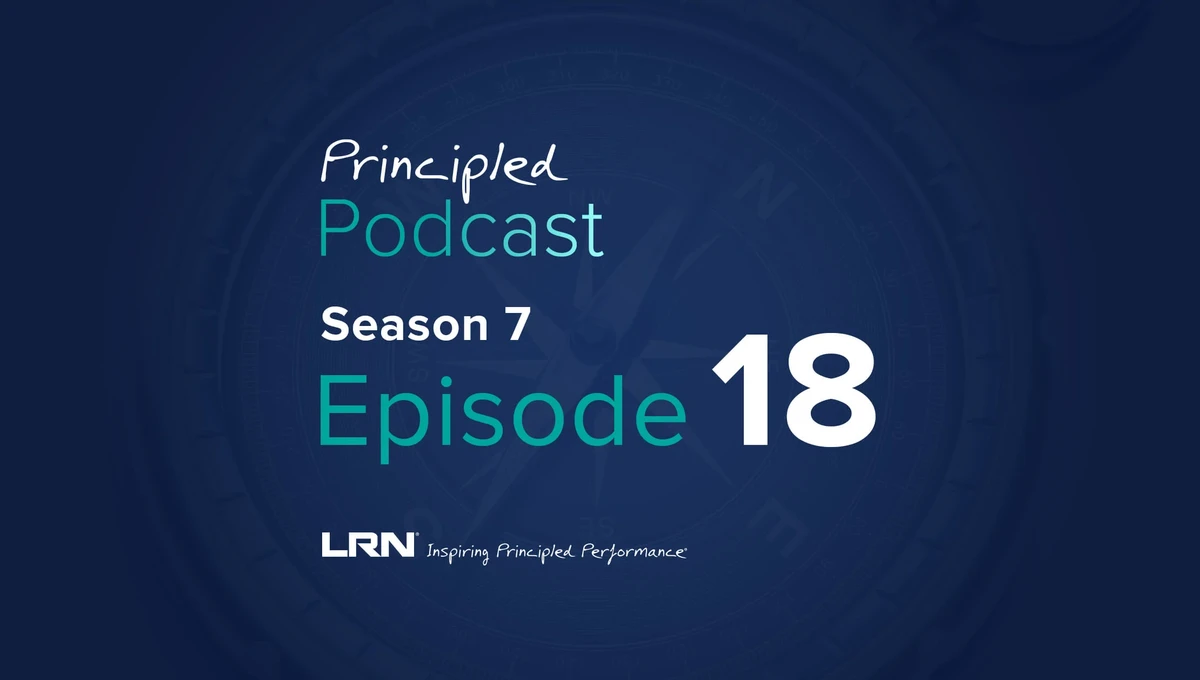Introduction
Perpetual futures trading has become a cornerstone of modern financial markets, providing continuous exposure to asset price movements without expiration. For traders aiming to maximize efficiency and minimize risk, quantitative strategies are essential. These strategies leverage mathematical models, statistical analysis, and algorithmic approaches to optimize trading performance.
For traders asking “where to get a guide on quantitative strategies for perpetual futures”, this article provides a comprehensive roadmap. We will explore two primary strategy development methods, compare their advantages and drawbacks, and highlight resources for learning and implementation. This article also incorporates actionable insights for beginners and experienced traders, along with detailed FAQs.
Understanding Quantitative Strategies in Perpetual Futures
What Are Quantitative Strategies?
Quantitative strategies involve using data-driven models to guide trading decisions. These strategies often rely on historical price data, market indicators, and statistical patterns to predict future movements.
Key aspects include:
- Algorithmic modeling: Designing algorithms to execute trades based on pre-defined rules.
- Backtesting: Testing strategies against historical data to evaluate effectiveness.
- Risk management: Implementing stop-losses, leverage limits, and position sizing.
Why Perpetual Futures Require Quantitative Strategies
- 24⁄7 market exposure: Continuous trading necessitates automated decision-making.
- High volatility: Quantitative strategies help mitigate risks during sudden market swings.
- Leverage optimization: Algorithms can dynamically adjust leverage based on risk metrics.

Visual representation of perpetual futures trading with algorithmic support.
Methods to Develop Quantitative Strategies
Method 1: Statistical Arbitrage-Based Strategy
Core Concept
Statistical arbitrage leverages price discrepancies between correlated assets. Traders identify temporary mispricings and capitalize on mean-reverting patterns.
Steps to Implement
- Identify correlated assets: Use correlation matrices to select pairs.
- Define trading signals: Determine thresholds for opening and closing positions.
- Backtest rigorously: Evaluate performance over multiple market cycles.
Advantages
- Provides high-frequency, low-risk trading opportunities.
- Effective in both bull and bear markets.
Disadvantages
- Requires sophisticated software and data feeds.
- Model assumptions may fail during extreme market events.
Method 2: Machine Learning-Driven Strategy
Core Concept
Machine learning strategies predict price movements using historical data and complex algorithms such as neural networks, gradient boosting, or reinforcement learning.
Steps to Implement
- Data collection: Aggregate high-resolution historical price, volume, and order book data.
- Model selection: Choose algorithms suited for pattern recognition and forecasting.
- Training and validation: Split data into training and testing sets to avoid overfitting.
- Deployment: Execute trades algorithmically with continuous performance monitoring.
Advantages
- Can identify non-linear patterns undetectable by traditional models.
- Adaptable to changing market conditions.
Disadvantages
- Requires technical expertise in programming and ML frameworks.
- Computationally intensive and sensitive to data quality.

Workflow diagram showing statistical arbitrage and machine learning strategy development.
Where to Learn and Access Guides
Online Courses and Tutorials
- Coursera & Udemy: Offer structured courses on algorithmic and quantitative trading, including perpetual futures.
- QuantInsti’s EPAT program: Advanced courses on financial algorithms and backtesting.
Research Papers and Whitepapers
- Many exchanges publish whitepapers on perpetual futures strategies.
- Case studies of successful quantitative strategies offer real-world insights into performance.
Community and Mentorship
- Forums like QuantConnect, Reddit r/algotrading, and Stack Exchange Quant provide peer learning opportunities.
- Mentorship programs provide step-by-step guidance on creating a quantitative strategy for perpetual futures.
Comparative Analysis of Methods
| Strategy Type | Pros | Cons | Best For |
|---|---|---|---|
| Statistical Arbitrage | High-frequency profits, low-risk | Needs sophisticated tools, assumption-sensitive | Intermediate traders with data access |
| Machine Learning | Adaptive, identifies complex patterns | Technical expertise required, computational costs | Advanced traders, quant developers |
Recommendation: For beginners, starting with statistical arbitrage using simpler models and backtesting tools is ideal. Advanced traders can explore ML-driven strategies for higher adaptability and potential returns.

Best Practices for Quantitative Strategy Development
- Start simple: Use basic statistical models before introducing machine learning complexity.
- Backtest extensively: Test strategies on multiple datasets to ensure robustness.
- Risk management: Always incorporate leverage control, stop-loss, and diversification.
- Continuous learning: Keep updated with new tools, guides, and market research.
- Document strategies: Maintain records for refinement and regulatory compliance.

Example of backtesting a statistical arbitrage strategy for perpetual futures.

FAQ
1. Where can I find comprehensive guides on quantitative strategies for perpetual futures?
You can access guides through online platforms like QuantInsti, Coursera, and Udemy. Additionally, whitepapers and exchange research papers provide actionable insights. Forums like QuantConnect allow sharing and learning from practical examples.
2. How do I choose the right quantitative strategy?
Start by evaluating your risk tolerance, market knowledge, and technical skills. Beginners should focus on simple statistical arbitrage strategies, while experienced traders may leverage machine learning and reinforcement learning techniques.
3. Can I backtest my quantitative strategy without professional software?
Yes. Open-source platforms like QuantConnect, Backtrader, and Python libraries (pandas, NumPy) allow robust backtesting of perpetual futures strategies with historical market data.
Conclusion
Finding a guide on quantitative strategies for perpetual futures involves leveraging structured online courses, whitepapers, and community insights. By understanding the core principles of statistical and machine learning strategies, traders can select the approach best suited to their skill level and resources.
Whether you are an entry-level trader looking for quantitative strategy for beginner perpetual futures traders or an advanced quant developer, structured learning, backtesting, and risk management are crucial to achieving sustainable trading success.

Illustration showing a step-by-step learning path from beginner guides to advanced quantitative strategy implementation for perpetual futures.
Engage with this guide, experiment with different strategies, and share your insights with the trading community to continuously refine your quantitative trading skills.